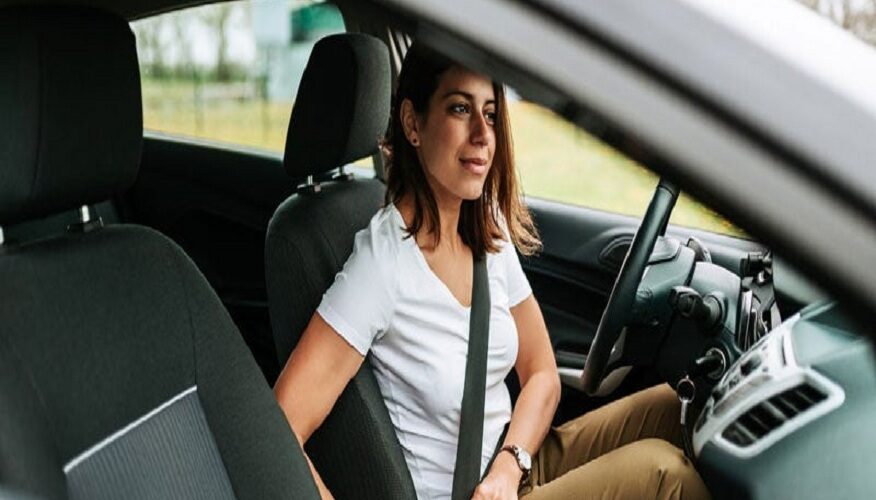Driving is an activity that requires constant vigilance and proactive decision-making. One of the key skills every driver should possess is the ability to perceive and anticipate hazards on the road. By mastering effective hazard perception and anticipation techniques, drivers can enhance their safety and that of others. The NSW Safer Drivers Course provides valuable training and guidance to aspiring drivers, equipping them with essential techniques for effective hazard perception and anticipation, as discussed in this article.
Understanding Hazard Perception
Hazard perception is the capacity to recognize prospective road hazards and respond properly. It involves continuously scanning the environment for possible hazards and being prepared to react swiftly. Hazards can be anything from an approaching pedestrian to a sudden change in traffic conditions. By honing our hazard perception skills, we can stay one step ahead, mitigating risks and preventing accidents.
Scanning the Road Environment
To effectively perceive and anticipate hazards, it is crucial to maintain a comprehensive scan of the road environment. This involves actively observing not only the vehicle directly ahead but also the surrounding area. By expanding our field of vision, we can detect hazards early and respond promptly. Regularly check the rear-view and side mirrors, scan intersections, and keep an eye on blind spots.
Recognizing Potential Hazards
Developing the ability to recognize potential hazards is a fundamental aspect of hazard perception. It requires identifying clues and patterns that indicate potential dangers. These may include erratic driving behavior, pedestrians near crosswalks, or vehicles merging into your lane. By staying alert and attentive, you can spot these warning signs and take preemptive action.
Anticipating Actions of Others
Anticipation is closely tied to hazard perception. By anticipating the actions of other road users, we can proactively respond and avoid potential hazards. This involves predicting how other drivers, cyclists, or pedestrians might behave in various scenarios. For example, when approaching an intersection, anticipate that a vehicle may suddenly turn without signaling. This foresight allows you to adjust your driving accordingly and minimize the risk of collision.
Maintaining a Safe Following Distance
Maintaining a safe following distance is essential for hazard perception and anticipation. You have more time to respond to abrupt changes in traffic if you maintain an acceptable spacing between your car and the one in front of you. The recommended minimum distance is at least three seconds, which increases to four seconds in adverse weather conditions. This distance provides a buffer and allows for better observation and decision-making.
Conclusion
Mastering effective hazard perception and anticipation techniques is crucial for safer driving. By continuously scanning the road environment, recognizing potential hazards, and anticipating the actions of others, drivers can enhance their ability to respond promptly and avoid accidents. It is a skill that requires practice and ongoing refinement. We may help to create a safer driving environment for everyone by applying the ideas mentioned in this article and keeping cautious on the road. Remember, proactive driving is the key to preventing accidents and arriving at our destinations safely.

